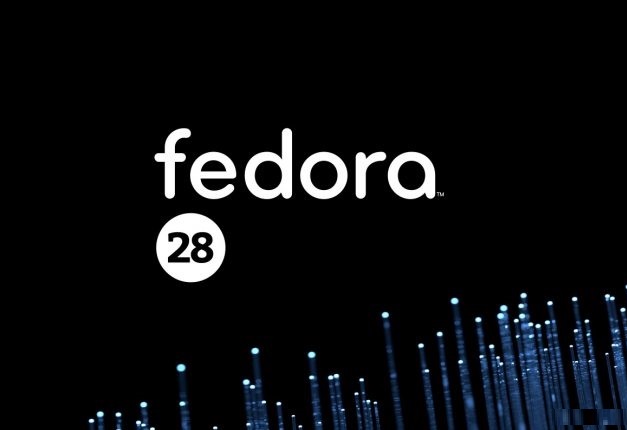
On other occasions however I can read (still a little bit difficult) their names, except the one that’s selected. However, as soon as I started to open applications, I noticed that due to the colors used in the default theme, it’s quite difficult to read the application window titles on the bottom panel (shown below): Sudo grub2-mkconfig -o /boot/grub2/grub.cfg The Desktop…Įxcept for the new wallpaper, there are no apparent new changes on the GNOME classic desktop session. However, once logged into the desktop I was able to fix it by running the below command: P.S: I actually failed to mention that Fedora 23 was unable to add an entry to Fedora 22 (my main operating system) in GRUB. This is not just a criticism of Fedora, this is how most GNU/Linux distributions are anyway (well, except for Ubuntu I guess). A clean title that displays the name, release number and the edition should suffice. I mean I’m using the Workstation edition and who cares about the Kernel version or if it’s the 32-bit or the 64-bit version of the operating system!. That said, I think the menu titles should be more simple. I find it to be a subtle but a nice addition. The newly added feature to GRUB is that now it shows which edition you’re using (Workstation, Server or the Cloud). But except for the GRUB screen, the other two looked exactly the same. I usually start off the review by describing the new features of the Installer, GRUB & boot-up logo. Intel Core i3-2330M CPU, Intel HD 3000 GPU, 4GB RAM (DDR3), Toshiba 7200 RPM (320GB) SATA HDD, Intel N-1030 Wireless adapter, Realtek network adapter ('RTL8168'), LED display with 1366x768 resolution (60Hz/60FPS).


And below is my hardware setup (this is the same setup I’ve used to test all these distributions):

I’ve also compared the performance of Fedora 23 with Fedora 22, 21 & Ubuntu 15.10. But let’s not get ahead of ourselves here, I’ll explain them as the article progress.įor this review I downloaded 64-bit version of Fedora 23 GNOME Shell Workstation disc image (1.5 GB) and as mentioned in the beginning, it includes the GNOME 3.18 release, Kernel 4.2.0, X.org 1.17.99.901, Firefox 40, LibreOffice 5.0 and Thunderbird 38 and features the set of applications included in GNOME Shell as well. In simple terms, I know what I should and what I should not expect. However, due to my history with GNU/Linux, I’ve formed certain viewpoints about GNOME and Fedora etc, thus I was not surprised to find myself in this kind of a situation. Fedora 22 also had let go of one majorly useful utility (systemd’s ‘readahead’ component) and unfortunately, Fedora 23 too comes without it. It’s true that GNOME 3.18 comes with many subtle refinements and features, but one of these features (a major one unfortunately) looked confusing to me, just like I find it difficult to cope with the default desktop layout of GNOME3, which is why I only use the ‘Classic Desktop Session’ as it resembles the old GNOME2 desktop (well, to a certain degree).


 0 kommentar(er)
0 kommentar(er)
